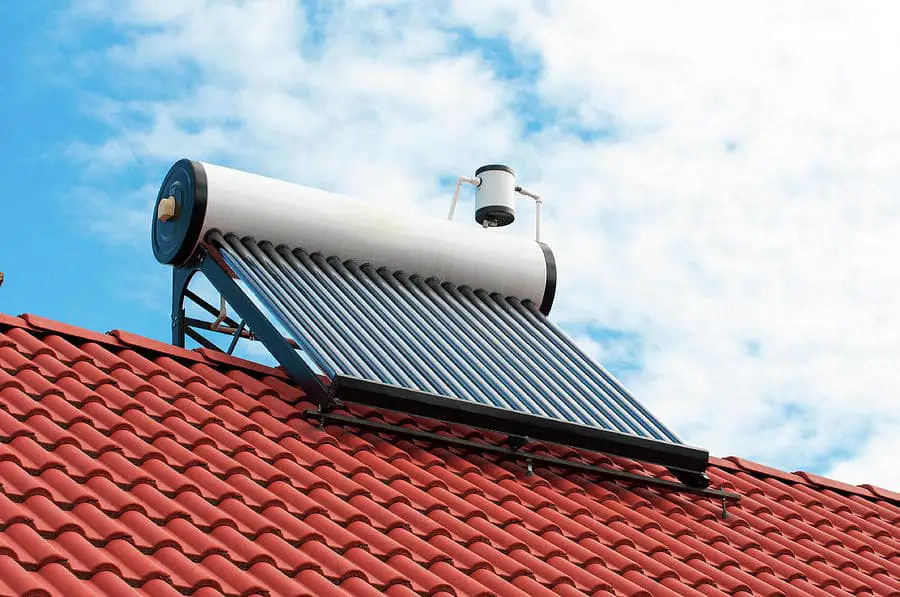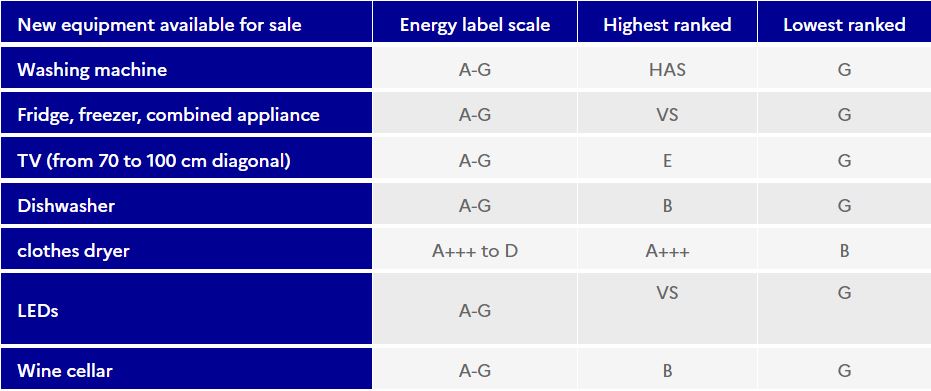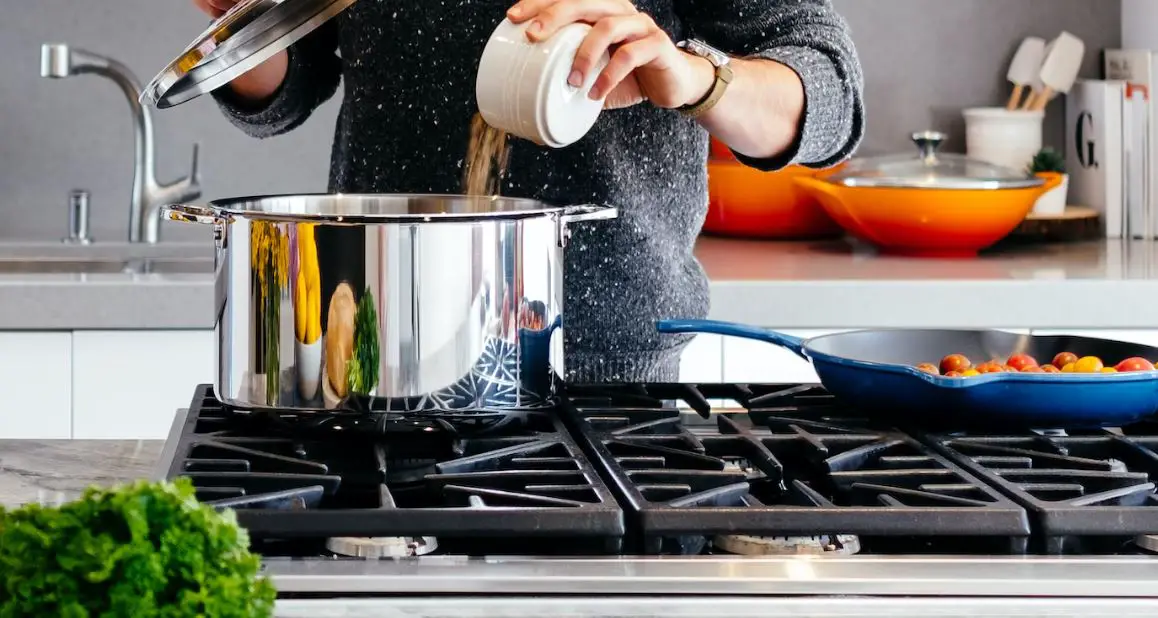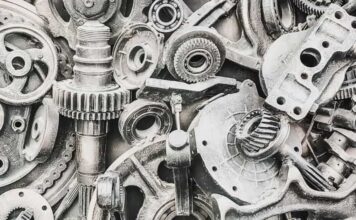Looking for ways to reduce your electricity costs? Electricity customers should always be on the lookout for cheap electricity plans, but there are more ways to save money than to simply buy your electricity for less.
Follow our tips and advice for straightforward ways to save energy, lower your bills and reduce your carbon footprint.
Whether you’re a homeowner, a private or social renter, a student, or you live with your parents, there are many things you can do to save off from your electricity bills.
1. Buy Energy Star appliances
When you see an Energy Star tag on an appliance, it’s not just a gimmick to make you think you’ll save money on electricity, you actually will. Energy Star rated appliances use 10 to 50 percent less electricity than non-Energy Star appliances, according to the United States Environmental Protection Agency.
Since appliances account for about 20 percent of an average household’s electricity usage, choosing equipment that saves power can really add up to a massive effort to conserve electricity without your having to do anything else. Energy Star washing machines and dishwashers are also designed to help save water, giving you even bigger benefits over the long term. Energy.gov has a helpful appliance and electronics calculator to estimate how much energy specific devices use.
2. Switch to LEDs to conserve electricity
LED light bulbs are dropping in price dramatically and this is good for your pocketbook in more ways than one. The average 60 watt equivalent LED only uses nine watts of electricity, where your average CFL (compact fluorescent light) of the same equivalency uses 13 watts. That might not seem like a lot, but that’s a full 30% reduction in electricity usage per LED bulb. When you consider the number of light bulbs in your house, that’s a cost savings that cannot be ignored. LEDs also outlast CFLs on average, making them an even better value.
Limit TV size
Ever larger televisions are entering living rooms, but they consume more electricity: a 160 cm (diagonal) television consumes as much as 3 or 4 80 cm televisions.
3. Solar Water Heating System

Unlike traditional water heaters, solar water heaters don’t use energy from the grid to heat water. Instead, these high-efficiency appliances use dedicated solar collectors on your rooftop to draw power from the sun. The solar energy collected is then used to heat the water in your home. This system can be a great option to use in sunny locations like California, Texas and so on.
America’s solar water heating deficit is often portrayed as a historical accident driven by the vagaries of politics and comparatively cheap fossil fuels. However, interviews with academic and commercial players on the front lines of the solar thermal industry, and a recent in-depth report on the now-expired California Solar Initiative–Thermal (CSI-T) program, suggest that the desire for simple, “magic bullet” solutions to climate change has also played a significant role in relegating this practical technology to the sidelines.
4. Turn off electronics that aren’t in use
You’ve probably heard this one a few times, but that doesn’t make it less true or helpful. Your television, computer and stereo can be enormous energy vampires when not in use. That little light that stays lit means that these items are still consuming power. By using a shared power strip, it’s easy to turn your television, DVR and other equipment off with one button.

Other equipment may need to remain on for software updates, like your smart TV or Roku, but you can still enable power saving mode when they’re not being used. Go into the settings and change the default to the shortest time before sleep mode takes over to reap the biggest cost savings with these items.
5. Be savvy in the kitchen
Kettles are one of the most used appliances in the kitchen. But many of us will admit that we at least occasionally boil the kettle with more water than we’re going to use.
Avoid overfilling the kettle and save yourself £8 a year on your electricity bill.
You could also consider fitting an aerator onto your existing kitchen tap to reduce the amount of water coming out without affecting how it washes or rinses. An aerator is a small gadget with tiny holes – they attach to the spout of taps and are cheap and easy to install – and could save you £14 a year.

Cook economically
Electric or gas plates? Gas oven or electric oven ? Gas is the ideal energy for cooking .
Good news: in the kitchen, some good practices will reduce its consumption and therefore its electricity and gas bill:
- Revive the flame of its burners : a yellow flame means a lack of oxygen. A simple cleaning of the burners can make it blue again;
- When boiling water in a saucepan , remember to preheat it in a kettle before transferring;
- Put the lid on to boil water four times faster: use lids on your pans to increase the speed of cooking. This also reduces energy consumption by 20%;
- Switch off the hotplates a few minutes before the end of cooking;
- Simmer your dishes in a pot . Thicker, the pot allows better heat distribution than a simple saucepan;
- The microwave consumes much more energy than a traditional oven: it consumes five times more energy! It should be used above all for quick cooking or to reheat dishes;
- Do not preheat your oven automatically : most cooking does not require preheating. Keep this habit to prepare cakes or breads. We also tend to open the oven door to follow the progress of cooking. Each time the oven is opened, it loses 20% of its heat and thus increases the time required for cooking. Use the internal oven light instead;
- In the area of cooking hobs , induction hobs allow a power saving of 30% compared to glass-ceramic surfaces, and 50% compared to conventional hobs, because the food heats up more quickly;
- Equip your kitchen with a faucet with aerator-aerator : it consumes half as many liters of water per minute for the same flow rate, thanks to a system that mixes air and water.
6. Fill your dishwasher
Only run your dishwasher when it is full to reduce the amount of water you use. Reducing your dishwasher by one run per week for a year could save you £10.
7. Top up the insulation
Effective insulation of your hot water cylinder is important: even if you have thin spray foam or a loose 25mm jacket, you can benefit from increasing the insulation to a British Standard Jacket 80mm thick, saving £20 a year in the process.
Insulating your water tank, pipes and radiators is a quick and easy way to save money on your bills.
8. Draught-proof windows and doors
Unless your home is very new, you will lose some heat through draughts around doors and windows, gaps around the floor, or through the chimney.
Professional draught-proofing of windows, doors and blocking cracks in floors and skirting boards can cost around £200, but can save around £30 a year on energy bills. DIY draught proofing can be much cheaper.
Find out more about reducing home heat loss.
What Else Can you do to Reduce Electricity Bill?
Openings (doors and windows) represent approximately 15% of energy loss in a house, and a much more significant share in an apartment. To reduce heat loss, remember to systematically close the shutters of your windows at night, and consider investing in insulating curtains. These two good practices will reduce energy losses by 15 to 30% and therefore reduce the electricity and gas bill.
To go further, it is advisable to walk around your home to identify the doors and windows leading to the outside or to unheated rooms (veranda, entrance hall, garage…), then go equip at the DIY store.
On the windows, it is possible to invest in seals to be glued in foam or plastic, or seals to be fixed in metal or silicone. For the doors, it will be necessary to prefer door sticks, skirting boards or quite simply cushions for door bottoms.
However, ensuring that the house is airtight does not mean that you have to stop ventilating. To maintain a healthy environment and reinforce the feeling of warmth, it is recommended to open the windows wide for at least ten minutes a day, which allows the humidity to escape.
The best is of course to ventilate during the day, when the temperatures are milder. On the other hand, at night, in winter, closing the curtains or shutters helps keep the heat accumulated during the day. The use of cushions in front of the entrance doors also helps to maintain heat.
In order to keep the heat as much as possible, it is recommended to leave the curtains open in all the rooms during the day and close them again at nightfall in winter: the sun’s rays heat the accommodation during the day. Conversely, they must be left closed during the day in summer and reopened in the evening to let the heat escape.
Finally, it is important not to neglect the insulation of your home: if these works are relatively expensive, their performance is undeniable and makes it possible to avoid heat loss from significantly dividing your heating expenses. A well-insulated home gains 25% more heat.





